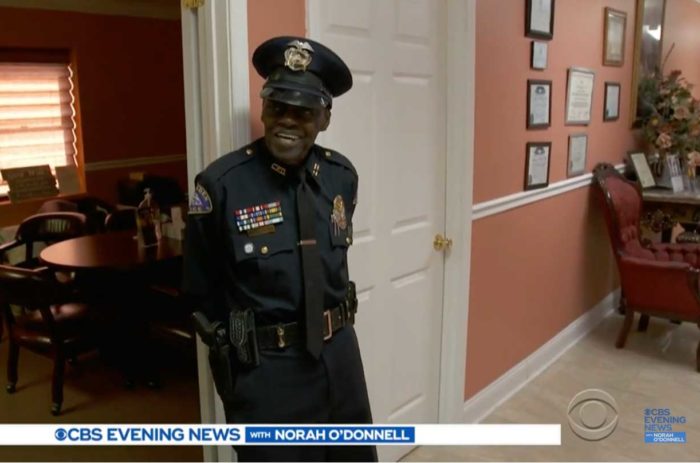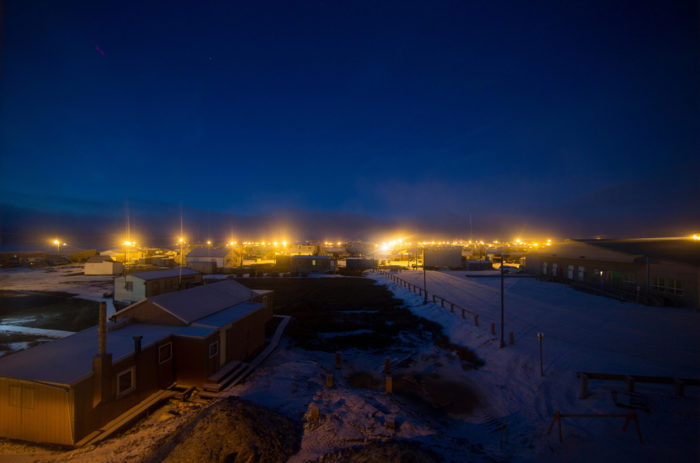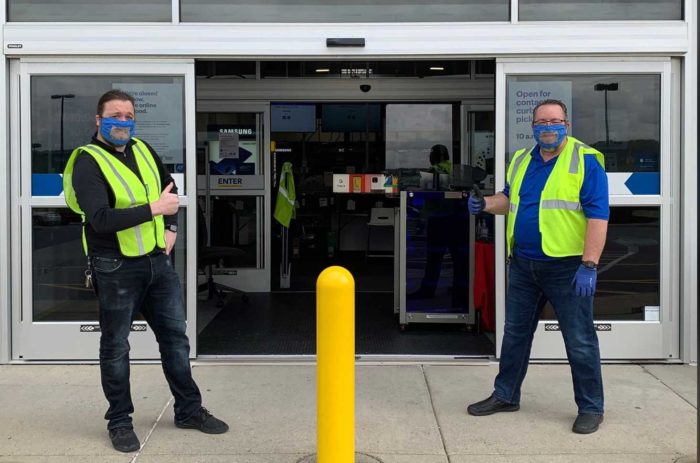By The Editors of WorldMag.com
Rise and shine
Receiving a pre-recorded robo-call at 6:15 may not seem unusual, but for about 500 high-school students in Fall River, Mass., such calls will come at 6:15 a.m., not p.m. The calls will come from their school, B.M.C. Durfee High, and feature the voice of the school’s principal, Paul Marshall: “It’s 6:15 and it’s Durfee High School calling.” School officials hope the wake-up calls will lower chronic tardiness and absenteeism, and they are targeting the calls to regular offenders. Schools in New York and Illinois reportedly pioneered the practice, with New York City using the voice of former basketball star Magic Johnson for its calls.
Bighorn bypass
A trio of new bridges in northwest Arizona have cost taxpayers almost $5 million-and no drivers will ever use them. But state officials insist the money is well spent. That’s because the three bridges over U.S. Highway 93 near the new Hoover Dam bypass are for about 500 desert bighorn sheep and other wildlife that roam the area. Wildlife officials say that the three concrete bridges will both help preserve the state’s largest bighorn population and help prevent highway accidents with the 150-pound animals. Will the animals choose to use the three structures? “Nobody’s really ever tried it before,” Curt Steinke, vice president of the Arizona Desert Bighorn Sheep Society, told The Arizona Republic, “not an overhead bridge.”
Retaliatory strike
Perhaps simply seeking to be polite, the American South has found what may be the perfect reciprocal gift for Asia, whose invasive kudzu has become a ubiquitous blight across the Southeastern United States. Genetic testing confirms that fire ant populations cropping up in Asia ultimately came not from South America but from the American South. Both foreign invasive species-kudzu in Dixie and fire ants in China and Taiwan-seem to be thriving in their new environments. But it was only recently that scientists discovered that fire ants in Asia had emigrated from the American South. “Various exotic invasive pests have been and are being transported to the U.S. by commerce, so it’s ironic that one of our pests has used the southern U.S. as a staging area, and then as a port of exit for worldwide destinations,” said University of Texas researcher Larry Gilbert.



